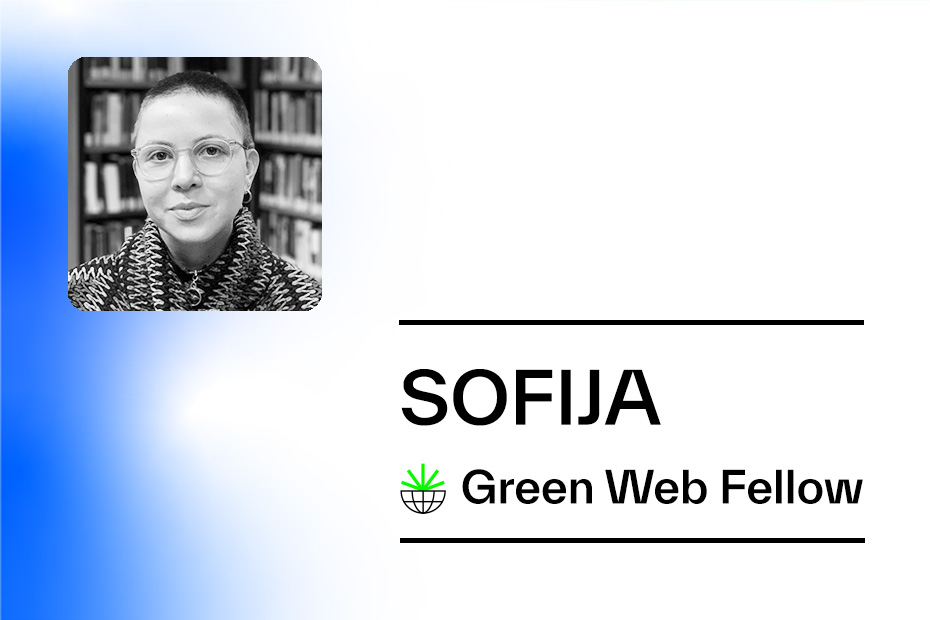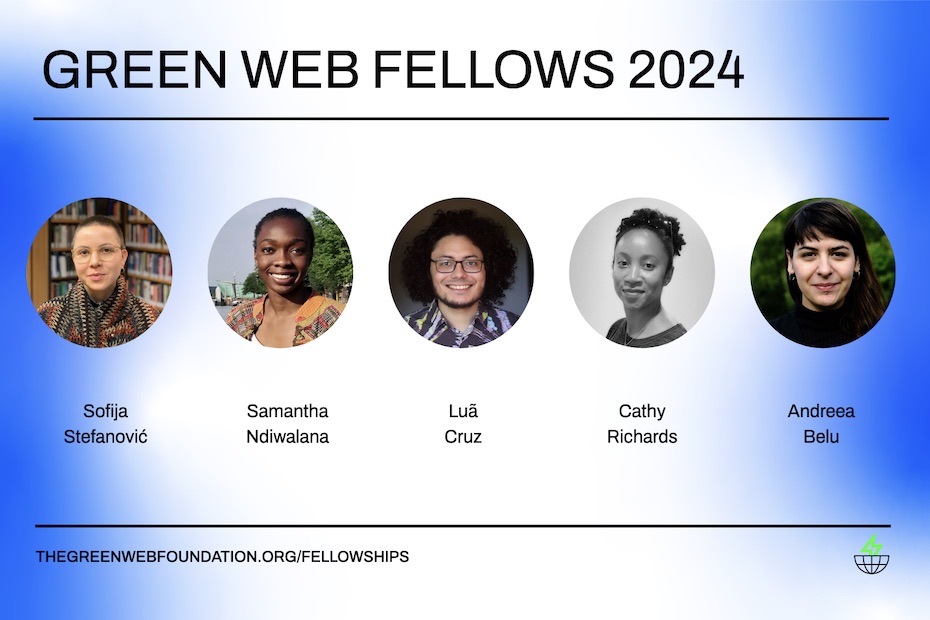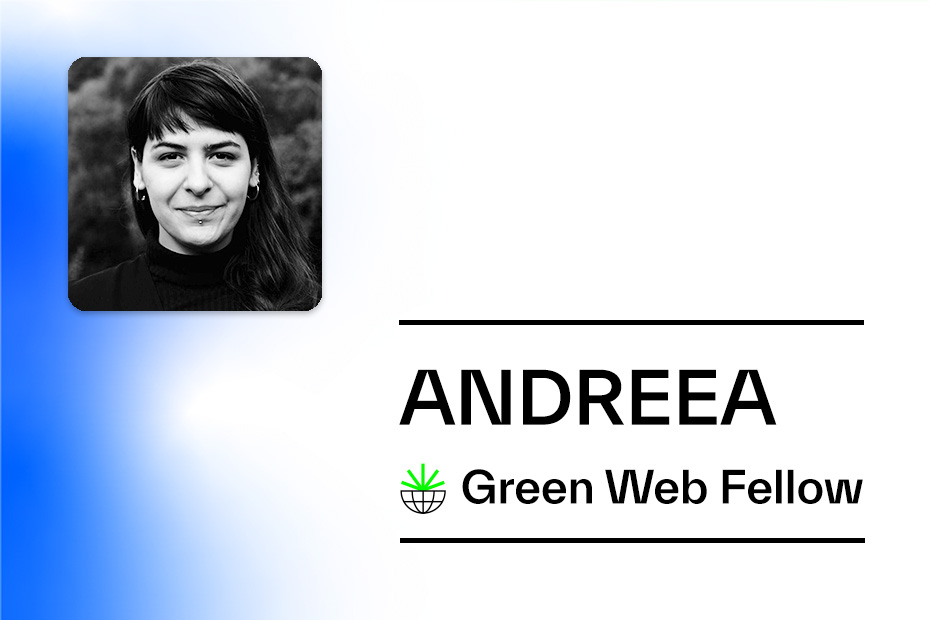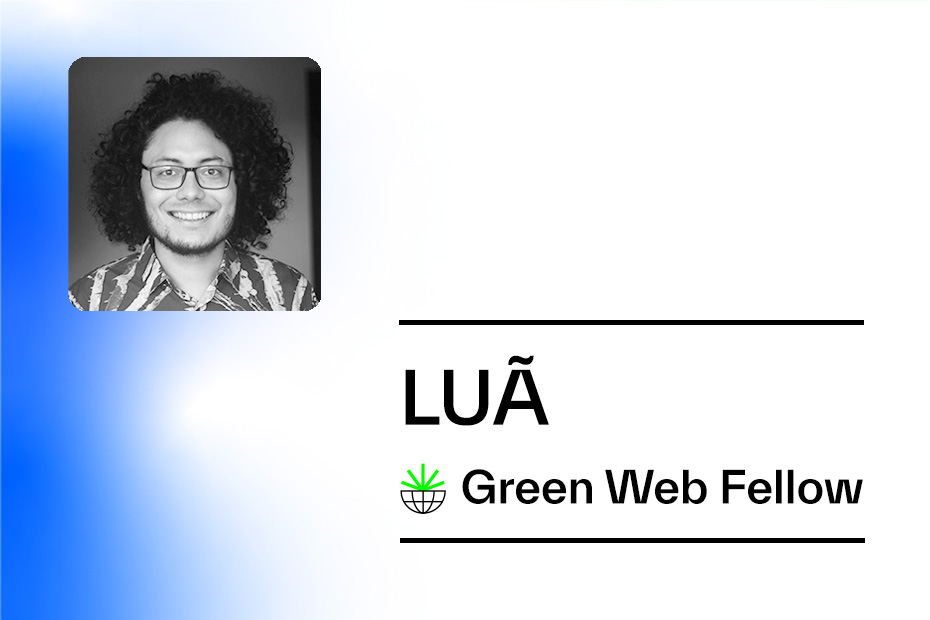In this blog post, I’ll be sharing insights from my fellowship work, where as a collective of (environmental) organisers we are connecting digital security to wider care and safety practices. Our explorations have taken the form of regular online gatherings, and are shaped by the context of a transnationally connected group working within an Eastern European semi-periphery. I’ll touch on themes related to collective and collaborative work, making distinctions between different feminisms, and examining notions of safe spaces on and offline.
These past few days I’ve felt like hiding under a rock. Or at least wishing for a ‘hide all my information that’s online’ button–a digital rock.
As Rio Tinto, one of the largest and most notorious mining companies on Earth, held its annual shareholder meeting in London and kept telling the audience how crucial they were to the ‘green transition’, my drugarica Nina and I called them out for their greenwashing, reported illegal land acquisitions and continued attempts at social engineering of acceptance after mass mobilisations that led to the government’s cancellation of the Jadar lithium mine project in western Serbia. Working in coordination with groups in Serbia and as part of this year’s iteration of the London Mining Network’s efforts to pressure Rio Tinto on their turf, we adapted our questions to respond to their opening statements and prepared for polished (non)answers. Our point was to get the message across and back home.
With the action getting more heavily publicised than expected, I’m reflecting on the (lack of) preparation for the digital whirlwind after what felt like a relatively small effort amidst multiple organising threads. While it’s exciting to see how this move alongside actions in Loznica and Belgrade has energised ongoing resistance–judging from the (social) media reception, personal communication and at least three Rio Tinto activities getting blocked or cancelled in Serbia since–I am also troubled by the moves to individualise actions through their reporting. In a culture saturated with narratives of separation, the reluctance to acknowledge the collective labour that goes into any sustained organising is not an innocent obfuscation of reality–it can serve to minimise the strength of broader movements, as well as isolate individuals and make them an easier target of a range of repressive tactics, many of which now include a digital component.
This work is either collective or impossible
In my last post, I briefly touched on the who in the collective–noting down the many and varied identifications of the people involved–and here I want to cruise through the why and how of collective work.
To say that this work is collective is not just about choosing to engage in a collaborative process, it is a choice to recognise that the work that is already happening to make people feel safe and secure is always collective. Glancing over another news article about the Rio Tinto action that followed an individualising line, I flip the pages of Abolition. Feminism. Now. lying in my room to read myself a reminder:
‘Collectivism is a throughline across generations, peoples and mobilisations–undervalued and unrecognised but key to freedom-making.’
Angela Y. Davis, Gina Dent, Erica R. Meiners, Beth E. Richie
While this formulation reflects my understanding of which feminist politics I work to align with through practice, the heterogeneity of the group(s) I’m part of means different feminisms have been threading through our conversations. I turn to some reflections prompted by this.
What’s at stake with different feminisms?
Early in our group conversations, we agreed on the intention to make the work of our collective feminist, as everyone present either identified as such or was guided by feminist practices even if hesitant to use the label. One obvious hesitation most of us engaged in any work related to extractive frontlines encounter is the hesitation arising from the term ‘feminist’ not travelling well across the rural/urban divide. Yet, it’s a different kind of hesitation I wish to highlight here, one reflected in the scholar and activist Françoise Vergès’ questions in the context of the rifts and co-optations of the radical feminist movement in France:
‘Why call yourself ‘feminist,’ why defend feminism, when these terms are so corrupted that even the far right can appropriate them? What do you do when the words ‘feminist’ and ‘feminism’ are now part of the arsenal of the modernizing neoliberal right-wing when, even just a decade ago, they still held radical potential and were lobbed as insults?’
Françoise Vergès
While ‘feminist’ is certainly still lobbed as an insult in many parts of the Balkans, there is also a feminism Vergès calls civilizational “…because, in the name of an ideology of women’s rights, it has undertaken the mission of imposing a unique perspective that contributes to the perpetuation of domination based on class, gender, and race”. Or what scholar Ivana Pražić and scholar-activist Ana Vilenca identify as ‘gadji feminisms’ following the work of the critical Roma theorist and decolonial activist Jelena Savić on European gadjo supremacy and privileges (gadjo/i (m/f) means non-Roma in Romani languages), which provides an analysis of how contemporary mainstream feminist movements perpetuate domination against Roma people in general, and Roma women specifically.
Through this, and any collective work, I am guided by the work of decolonial, anti-colonial and abolitionist feminists to keep siding with a feminism “whose objective is the destruction of racism, capitalism and imperialism…”, to quote Vergès one last time, while doing the day-to-day work of movement building and organising. Practically, this influences what resources and analysis are centred as something like a curriculum shapes up through our work as well as how a practice of critical reflexivity is developed, always asking who is being ignored or pushed out, and what building solidarity looks like both in the day-to-day and the long-term.
Taking the call to surface local histories of women’s actions for liberation from all forms of domination offers multiple readings of the heritage we have started discussing in our online meetings. To me, it means both learning from the women of the Yugoslav partisan liberation struggle and the sharpness of their analysis of sexism, fascism and imperialism, and being critical of the comparative lack of commitment to the antiracist struggle as one way in which this decolonial feminist project has fallen short (and despite the strong official support for decolonial liberation struggles that was Yugoslavia’s official policy).
I hope to return to and connect some of the themes emerging from our conversations to our technological realities, for example by adapting resources that encourage reflection on ancestral relationships with technologies to root our tactics today.
A safe space and its discomforts
Drafting a collective communication agreement started, among other things, a thought-provoking discussion around safety, security and comfort. What’s in a safe space? Who gets to feel comfortable?
At the onset of the fellowship, I learnt from a compañera and environmental defender based in Jalisco, Mexico about her experiences in a women’s collective safety group: she described the study group as a place of refuge, a space in which women can grow their confidence and support each other, “name things” and ask questions around what it means to have a relationship with the computer. She also told me about a time when the space the study group had given her enabled her to understand particular experiences of abuse from her organising as linked to patriarchal violence, and how the group has crystallised their collective understanding of the links between pollution, corporate exploitation, colonial state violence and patriarchal domination.
As the artist and activist Jelena Prljević noted, referring to her work with the HEKLER collective exploring hospitality and conflict, it’s often a tricky balance to strike wanting to make sure everybody gets space to share in a way that feels authentic. Her invitation to ‘affirm the micro changes’ and caution against practices that cancel and exclude offer pathways towards the active practice of making sure divergences and conflict can be generative. And we’re back to some earlier distinctions between safety and comfort. As the feminist activist and trainer Sandra Ljubinković reminded us in our first externally facilitated session, opening up space in the body to feel relatively safe is crucial to be able to do the work of transformation that’s not theoretical but embodied (more on that in the next post).
Approaching collective digital safety as part of a broader framework of collective care and transformation means taking a step back from discussing strictly digital concerns, and it offers a reframing for the change in digital practices that are already underway. Working across several (sometimes overlapping) groups I noticed a shift over the past couple of months: in the go-to collaborative writing tool, the choice of the shared folder for storing information, the platform used for video calls, the channel for regular communication… Although resources around different tools have in principle been available to activists before, I see these slow shifts in the digital ecosystem as both a sign of learning through practice, and a smooth transition made possible by the consistent use of these tools by some of us who are involved in regular communication (in contrast to one-off externally administered workshops/trainings).
In Builing Consentful Tech, Una Lee and Dann Toliver write about a “digital body” as composed of disparate pieces of information “scattered throughout the servers that make up the internet”, and one way to think about the shifts is as the start of creating more space in our digital bodies to feel relatively safe. Changing your email provider and moving to randomly generated passwords can reduce the risk of repeated experiences of emails/websites getting compromised and also be part of the shifts that make up a precondition to delving into deeper examination and transformation.
Bringing this into conversation with embodied practices and transformation I hope to share more of my learnings around embodiment and digital safety and experiment with writing in a collective voice in my next post. For now, I’d love to hear of any reflections or directions for me to explore you may be thinking about, and I’d especially appreciate you reaching out to share:
- Reflections on balancing the need to create a space in which healing and transformation take their slow time with the desire to document a process/create resources
- Links to and reflections from digital spaces that make you feel safe AND enable flourishing/bring you joy



